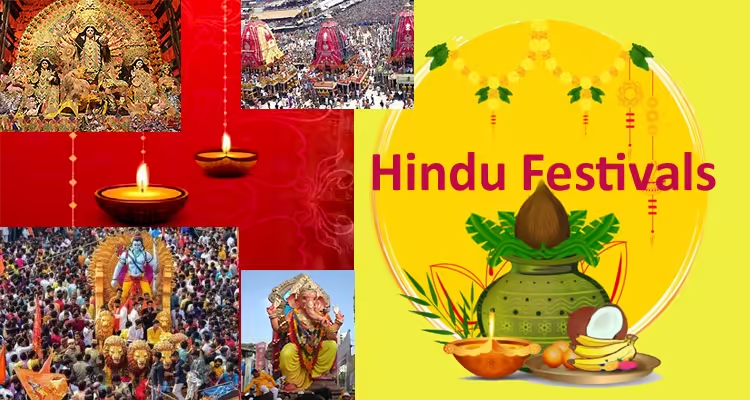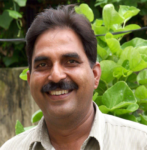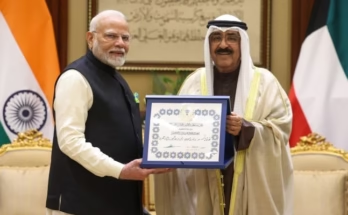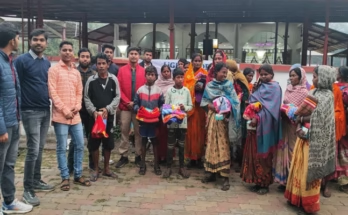
 by Sanjay Saxena,
by Sanjay Saxena, Lucknow: It is unfortunate for India that its majority population is facing difficulties in celebrating their own festivals. Whenever Hindus organize any religious event, it is overshadowed by Muslim fundamentalists. Whether it’s a Kanwar Yatra, Mata Jagran, idol immersion, or any other event, these fundamentalists either pelt stones at the procession or block the roads. If there is any resistance, they start brandishing swords. Incidents of arson and petrol bombs have become common, yet these very people are the first to be offended when they hear the sound of firecrackers.
The situation has deteriorated to the point where even small Hindu religious events cannot be completed without police protection. Hindu deities are repeatedly insulted in the name of art or freedom of expression. For reasons unknown, those who loudly broadcast their prayers five times a day on loudspeakers are disturbed by the sound of DJs during Hindu festivals. Similarly, the colors of Holi become a communal issue due to a few extremists from a particular community. These fundamentalists do not only get agitated when Hindus take out religious processions on the streets; the situation is even worse when Hindus face opposition while performing worship in their own homes. Muslim extremists do not hesitate to disrupt Garba or Durga Puja pandals. Often, these anarchic elements receive political protection from leaders and parties looking to secure a vote bank. If that weren’t the case, Samajwadi Party leader Akhilesh Yadav wouldn’t have posted a video on X (formerly Twitter) after the brutal killing of Ramgopal Mishra in Bahraich, trying to justify the killing by showing Mishra removing a green flag from a Muslim family’s house and replacing it with a saffron one. Legally, even if Ramgopal Mishra did replace the flag, the murderers had no right to kill him. Mishra wasn’t just killed, but the murderers also displayed extreme brutality by ruthlessly tearing off his nails.
Islamic fundamentalists have recently targeted Durga Puja and Hindus in various parts of the country. In some instances, they pelted stones at pandals; in others, they attacked the processions during idol immersion. The violence began with Navratri and spread across Uttar Pradesh, West Bengal, and Assam. On October 13, 2024, a Muslim mob attacked Hindu pandals in Shyamganj, Howrah. They destroyed pandals, set idols on fire, and vandalized many structures. This mob also attacked the ghats where the immersion of idols was taking place.
In Uttar Pradesh’s Kaushambi district, the Durga idol immersion procession was attacked. Women devotees were also targeted during this attack. Swords were brandished, and stones were thrown, injuring several devotees. The October 12, 2024, attack was allegedly carried out by about a dozen Muslims, including some women. The Durga idol was also damaged, and an attempt was made to sexually assault a woman. The police have filed a case and initiated an investigation. Similarly, during Durga Puja in Balrampur, Islamic fundamentalists entered a pandal, misbehaved with women, and tore down a saffron flag, throwing it into a drain. Women lodged complaints with the police, after which the accused, including Kaleem, Arbaz, Imran, and Mukhtar, were arrested.
In the Masaknwa Bazaar area of Gonda district on October 9, 2024, after a Durga idol was installed and the covering was removed from the idol’s eyes, nearby Muslims became enraged when Hindu children started bursting firecrackers outside the pandal. Members of the Muslim family came out, hurled abuses at the Hindus, and attacked them, first with stones and then with sticks. Another serious incident occurred in Kushinagar, where Muslim extremists pelted stones at the idol during Durga Puja, injuring over ten people. The police arrested the attackers and increased security in the area. The Hindu community has demanded strict action against the culprits. Bahraich witnessed another incident where a man on his way to immerse an idol was brutally murdered. These are just the reported incidents, either covered by the media or made viral on social media. Given the rise of Islamic fundamentalism, it is likely that many incidents remain suppressed amid the noise.
In conclusion, the radical mindset of jihadist elements has made it increasingly difficult to peacefully carry out processions or idol immersions in recent years. These religious processions often turn into riots due to stone pelting, as was seen in Bahraich, where stones were hurled at the Durga immersion procession from rooftops, and a youth was murdered, sparking widespread violence. The question arises: where was the police when all this was happening? The incompetence of the police allowed violence to erupt again the next day during the youth’s funeral, leading to further vandalism and arson. Senior officials eventually managed to bring the situation under control, but the bigger question remains: will harmony be restored, and will concrete action be taken against those responsible for the violence?
The saddest part is that after such incidents, some people start questioning why the procession was taken through a particular area in the first place. Is it appropriate to define any area as either Hindu or Muslim? In fact, such divisive talk is part of a malicious agenda, often pushed by vote-bank politics. This agenda must be countered, ensuring that no religious event becomes a target for violent elements. The state government should take strict measures against those who target religious events to set an example and prevent future incidents like those in Bahraich, Kaushambi, and Gonda. Such incidents not only disturb social harmony but also cause significant damage to public property.
In response to the brutal murder of Ramgopal Mishra during the Durga idol immersion in Bahraich, the Vishwa Hindu Parishad expressed outrage, saying that this has become a growing trend across the country. Whether it’s a religious procession, a Garba event, or Ganesh Puja, every festival is being marred by tension, which the Hindu community will not tolerate.



